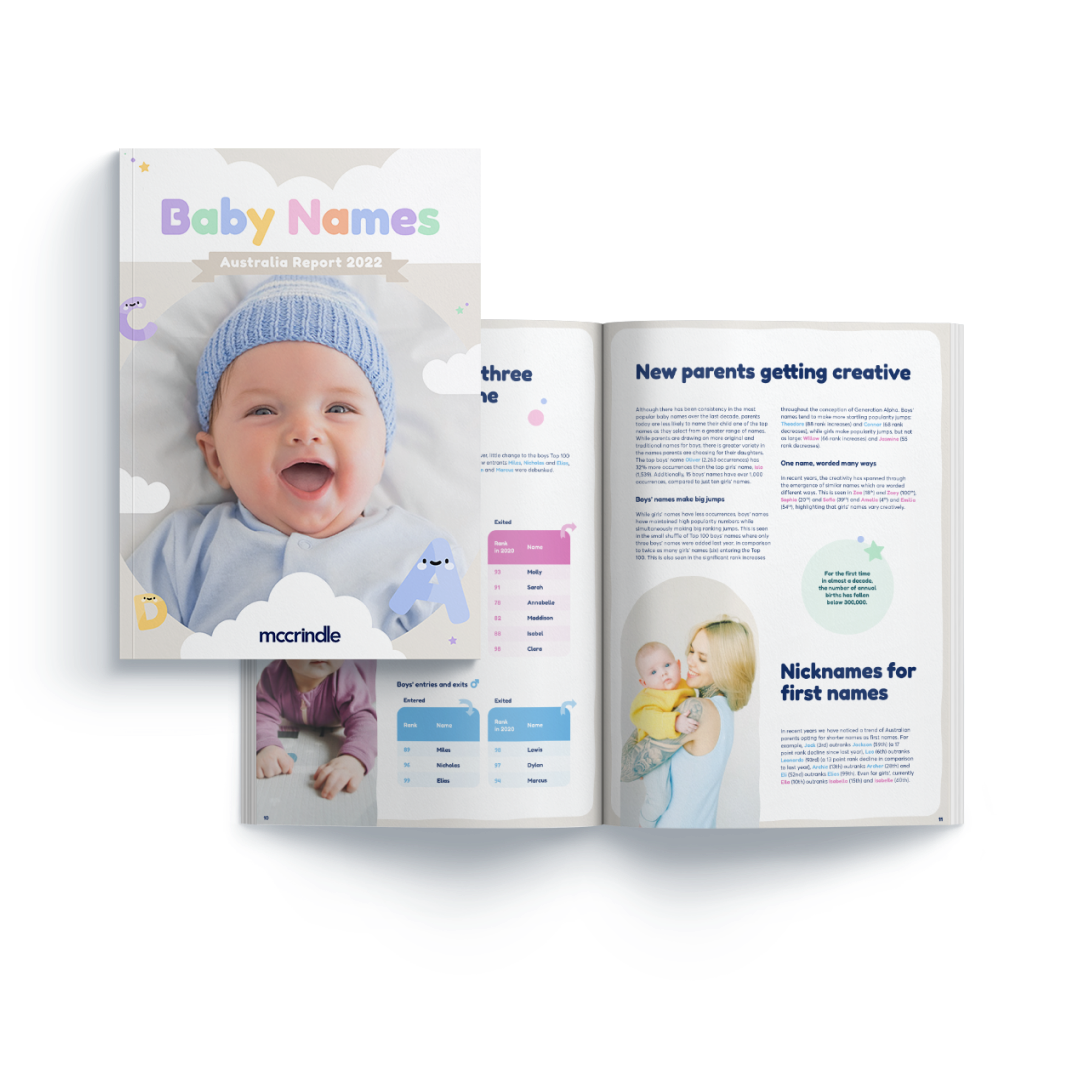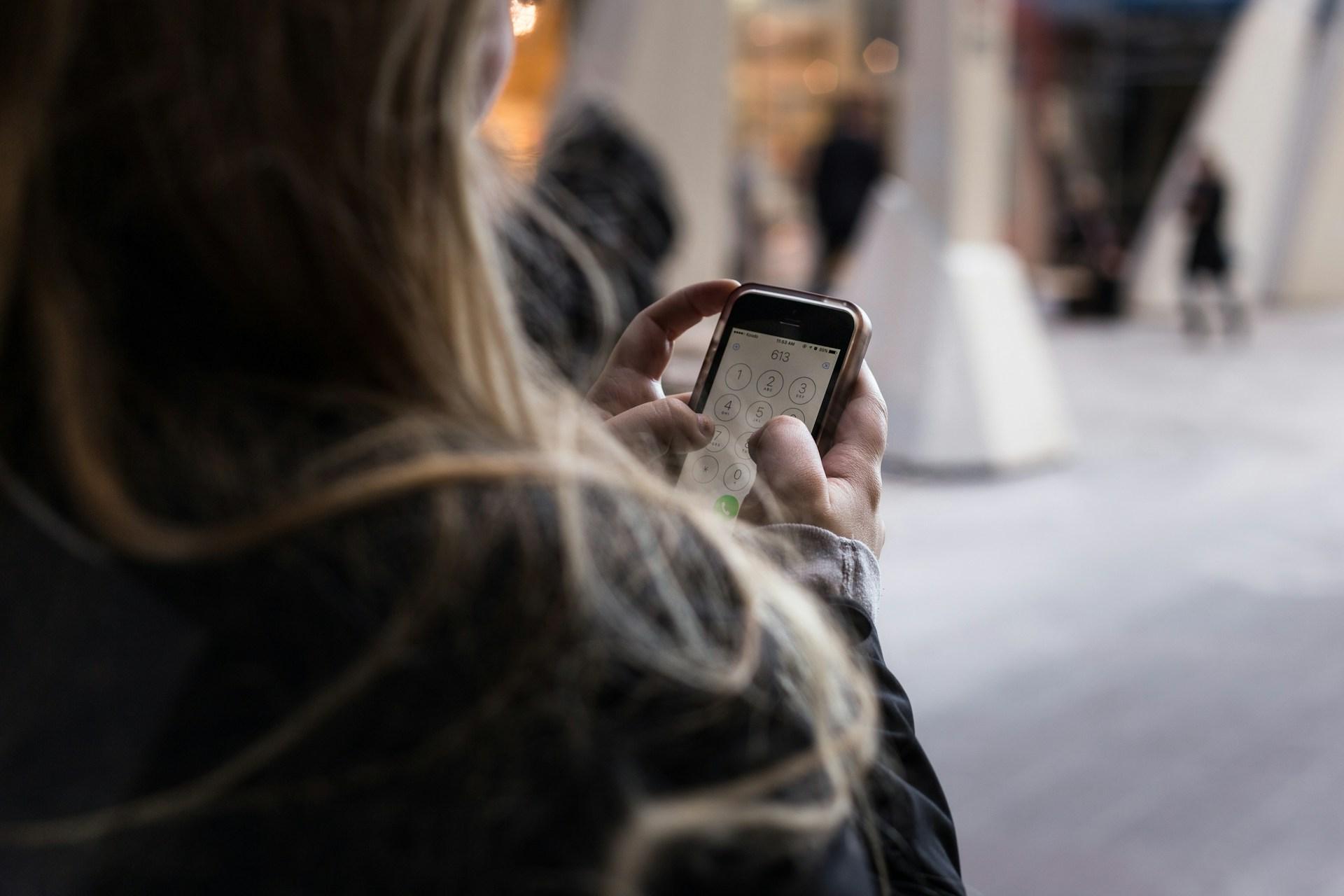50 Surprising Statistics about Australia


As Australia’s social researchers, we love research that takes the pulse of the nation and reveals something of who we are. We are passionate about research that is engaging and that tells a story. So here are 50 interesting statistics about Australia that we hope are useful to you.
- If Australia was a city, at 23.5 million it would still only be the world’s 7th largest (after Tokyo, Guangzhou, Shanghai, Jakarta, Seoul and Delhi) Find out more
- Western Australia grows by more people every 48 hours than Tasmania adds every year (500 people).
- Tax rates might be rising but Australia’s death rate continues to decline and is at an all-time low. And Sydney is the state capital with the lowest probability of death (5.3 deaths per 1,000) while Darwin and Hobart have the highest capital city death rates (6.6). Find out more
- Today’s baby boom is twice as large (exceeding 310,000 annual births) than when the original Baby Boom began in 1946 (less than 150,000 births).
- Within a decade, couple only households (currently 30% of all households) will be Australia’s most common household type – more numerous than couple and kids households (currently 33%).
- Only 1 in 10 Australians use public transport to get to work and more people walk to work than catch a bus! Find out more
- More than half of all households (54%) have at least 2 cars, and there are almost as many passenger vehicles (13.3 million) as there are adults in Australia!
- The number of Australians identifying their religion as Christianity is 8 times larger than all other religions combined. Find out more
- The average street of 100 households has 10 babies (aged under 3), 27 cats and 45 dogs! Find out more
- 1 in 10 households has a net worth exceeding $1.6 million, and 1% of households have wealth above $5 million.
Find out more - In Australia there are almost 100,000 more women than men, with 6 out of our 8 states and territories experiencing a man drought. Find out more
- Australia grows 40% by natural increase and 60% by net overseas migration, and our growth rate (1.8%) is well above the world’s growth rate (1.1%). Find out more
- Whilst approximately 1 in 5 (22%) Australians are Baby Boomers, they own over 50% of the nation’s private wealth. Find out more
- Three decades ago the median age of an Australian was 30.5, today it is 37.3 and in 2044 it is projected to be 40. Find out more
- Life expectancy at birth three decades ago was 76, today it is 82 and in 2044, it is projected to be more than 90. Find out more
- 2 in 5 Australians (40%) skip breakfast at least once a week, and half of them (20%) skip breakfast most days. Find out more
- The average Australian spends 10 hours and 19 minutes each day on screen time – and due to ‘multi-screening’ this is achieved in just under 8 hours of linear time.
Find out more - By the time Generation Z (5-19 year olds) begin to retire (beginning in 2063) the average annual earnings will exceed $222,000 while the median capital city house price will be $2.5 million. Find out more
- Nearly two fifths (39%) of babies born in Australia each year are named one of Australia’s Top 100 baby girl or boy names – that’s 124,624 babies taking a Top 100 name! Find out more
- If you lived on an average sized street in Australia comprised of 100 households, on that street there would be a marriage every 9 months, a death every 7 months and a birth every 14 weeks. Find out more
- The average Australian stays with their employer just 3 years and 4 months – only a third of the way towards long service leave! If this plays out in the lifetime of a school leaver today it means they will have 17 separate employers in their lifetime across an estimated 5 different careers. Generation Z Infographic
Find out more - Sydney makes for a fascinating study in populations by gender, with Pyrmont having 3.6% more males than females whereas the next suburb over the Anzac bridge, Balmain, has 8.7% more females than males. Find out more
- Victoria is the state with the highest ratio with females to males (98 males to every 100 females), with 58,399 more women than men. Find out more
- The year the queen came to the throne (1952), just 40 Australians turned 100. Last year, more than 2600 Australians turned 100. Find out more
- Currently there are almost 105 baby boys born for every 100 baby girls born in Australia Find out more
- The average age of a worker in the retail sector is 33, the average age of someone in the education sector is 42, and the average age of someone employed in aged care exceeds 48. Find out more
- On average, women in Australia outlive men by 4 years. Find out more
- The most widely said ‘Australianisms’ are ‘no worries’ (74% of Australians have used this phrase), ‘arvo’ (73%), and G’day (71%).
Find out more - Less than half of Australians use rhyming slang such as ‘Joe Blake’ (snake) – 44%, ‘Captain Cook’ (look) – 28%, and ‘Frog and Toad’ (road) – 25%.
- Swimming costumes in Queensland are known as ‘togs’, in NSW ‘cossies’, but in Victoria, ‘bathers’, and while Victorians use the word ‘cantaloupe’, in the rest of the country the fruit is known as ‘rockmelon.’
Find out more - What is a ‘milkbar’ in Queensland is a ‘deli’ in WA, and while Western Australians use the term ‘boonie,’ in NSW it’s a ‘westie’ and in Queensland it’s a ‘bogan.’
Find out more - Australia is currently growing by 1 million every 2 years – that’s one new Canberra per year, or a new Darwin every 14 weeks!
- Even though Sydney has 400,000 more people than Melbourne, Melbourne has 58,568 more people who drive to work than Sydney. Find out more
- Sydney has as many people who get to work by train (almost 187,760) as the rest of Australia combined. Find out more
- In Canberra there are 2 female bicycle commuters for every 5 males while in Brisbane there are just 2 for every 10 male bicycle commuters. Find out more
- Melbourne’s iconic trams carry 4 times as many people to work as Sydney’s iconic ferries. Find out more
- The average Australian car drives 14,000 kilometres per year which means Australians, in their more than 13 million vehicles drive a combined 182 billion kilometres annually – that’s to Pluto and back 20 times per year!
Find out more - Melbourne has more bicycle commuters than any other city in Australia (25,594). In fact 41% of all women who ride to work in Australia live in Melbourne.
Find out more - Three decades ago almost 2 in 3 Australians were married while today less than half are, and the “never married” proportion of Australians has increased from 1 in 4 to 1 in 3. Find out more
- Three decades ago the average full time worker took home just under $19,000 per year in a time when the average house price was less than $150,000. Today annual earnings exceed $73,000 with the average house price in most capital cities exceeding $520,000. Find out more
- Over half of Australians (54%) go down the health food aisle as part of their weekly shop.
Find out more - 1 in 4 Australians (24%) has a university degree but for Generation Y it is more than 1 in 3 and based on the current trends for Generation Z it is forecast that 1 in 2 will end up with a university degree.
- Of meals consumed at home, over one third of Australians (36%) eat most of their meals on the sofa while watching TV.
Find out more - There are more people in Sydney today than lived in all of Australia a century ago.
- In the last 100 years, Australia has only planted two new cities, Canberra (now our 8th largest) and the Gold Coast (now our 6th largest).
Find out more - Australians have had 3 months of life expectancy added for every 12 months of time for each of the last 100 years. Find out more
- A quarter of Australians (27%) were born overseas and almost half of Australian households (46%) had at least one parent born overseas.
Find out more - More than half of the population state that they are about average in happiness, 29% say they are happier than average, and 17% are less happy than the average.
Find out more - The average age of a first marriage is 29.8 for men and 28.1 for women and on average men first become a dad at 33 years of age while women have their first child at 30.7 years of age.
Find out more - The baby names which have been the most popular over the last few years (William, Jack, Charlotte and Emily) were also amongst the most popular baby names in Australia a century ago. Find out more.




